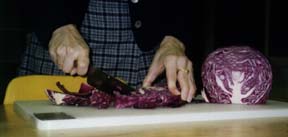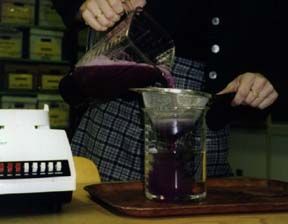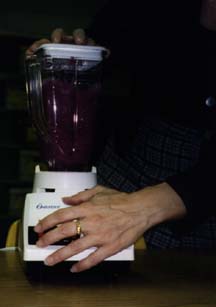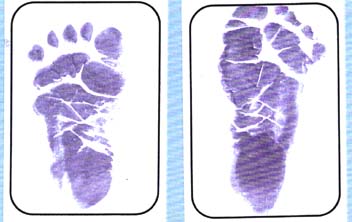|
See related GEMS teacher's guide Of Cabbages and Chemistry See related School
Program |
ChemMystery Activities to Do at Homefrom the ChemMystery exhibitMake Your Own Acid/Base Indicator An Unusual Use for Footprints Indentify Lip Prints Make Voiceprints Make Your Own Acid/Base Indicator
An Unusual Use for FootprintsEvery person has unique footprints and toe prints. However, there are not many criminals who walk around barefoot, leaving footprint clues at the crime scene. So footprints are not used very often in solving crimes. There is another use for footprints as a unique means of identification. Look at the footprints below and see if you can guess what they are.
Identify Lip PrintsLip prints are often left at crime scenes on, for example, glasses and cups. Here are the five most common types of lip prints.
|
| The picture shows a baby's footprints, used by hospitals for indentification. back to footprints |









